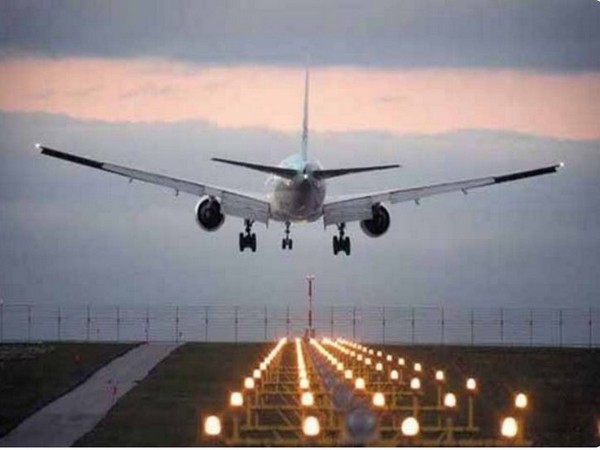New Delhi: The PHDCCI Policy Forum has released a report shedding light on the transformative potential of India’s civil aviation and air cargo sector and made a few recommendations for the betterment of the sector.
As one of the prominent voices of the industry and trade, industry body PHDCCI has undertaken extensive consultations with industry leaders, senior policymakers, and key stakeholders through a series of seminars, conferences, and meetings to bring forward this report.
India currently is the world’s third-largest domestic civil aviation sector, contributing approximately 5 per cent to the country’s GDP and employing over 4 lakh individuals.
There has been a strong rebound in the civil aviation sector in recent times with the passenger traffic touching almost pre-pandemic levels, underscoring the sector’s resilience and potential for growth.
Creation of multimodal and dedicated transhipment hubs, a greater emphasis on sustainability by implementing eco-friendly practices and transitioning to sustainable aviation fuel, streamlining customs clearance processes through a single-window customs clearance system, rationalising freight charges by airlines by consolidating their charges under one head to create higher transparency on charges to shippers and consignees, rationalising cargo tariffs and freight charges by simplifying cargo handling tariffs and enhancing transparency in freight charges were among the key recommendations.
It also recommended granting industry status to freight forwarders and customs brokers.
The industry body PHDCCI also mentioned about the challenges facing the civil aviation sector. They include rising airfare costs, intricate customs regulations, limited availability of wide-body aircraft, and substantial customs duties burdening air cargo companies.
Additionally, the sector, it said, has grappled with the adverse impact of soaring aviation turbine fuel (ATF) prices, which significantly contribute to operational costs.
(With inputs from ANI)












